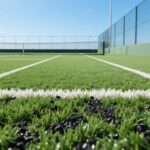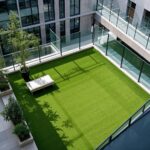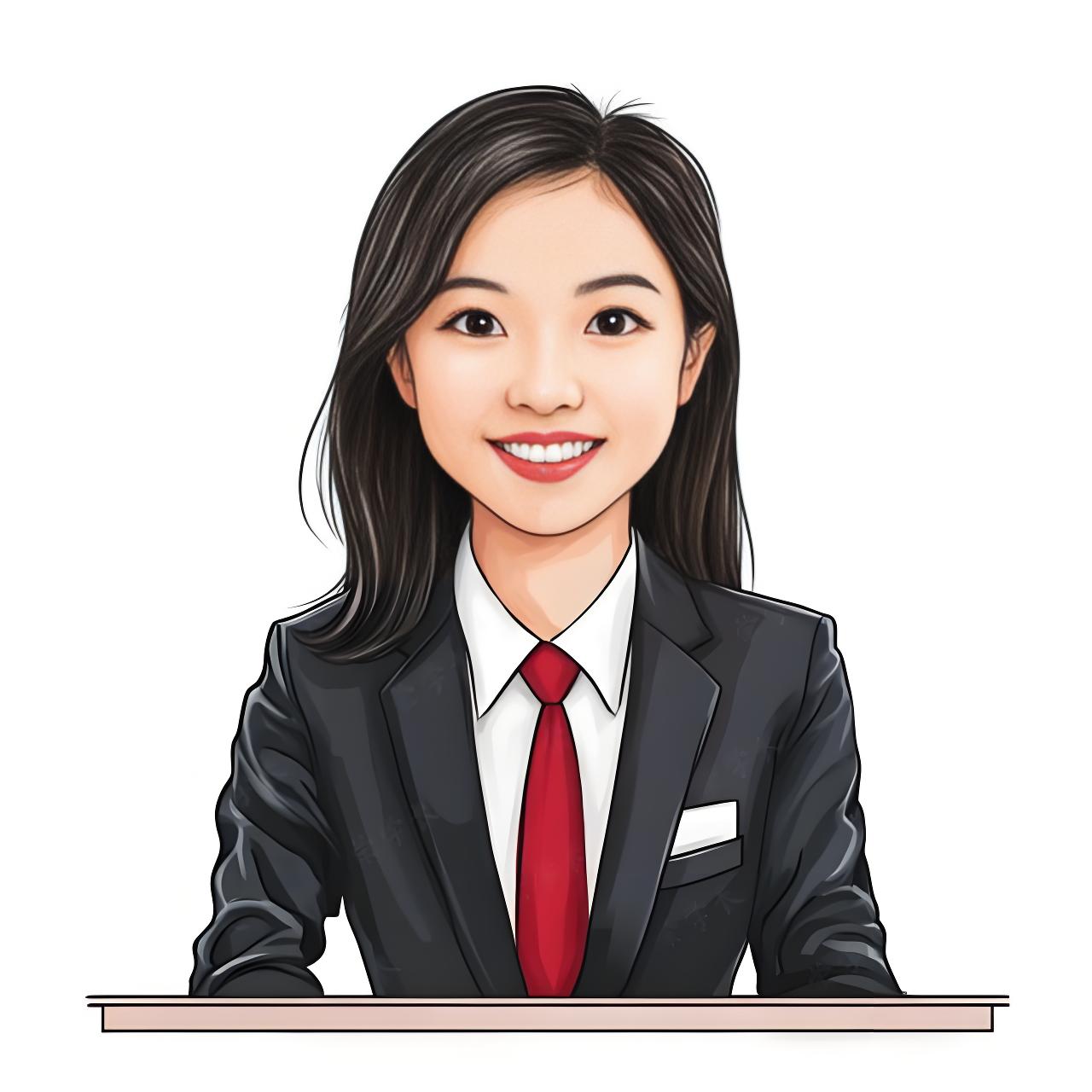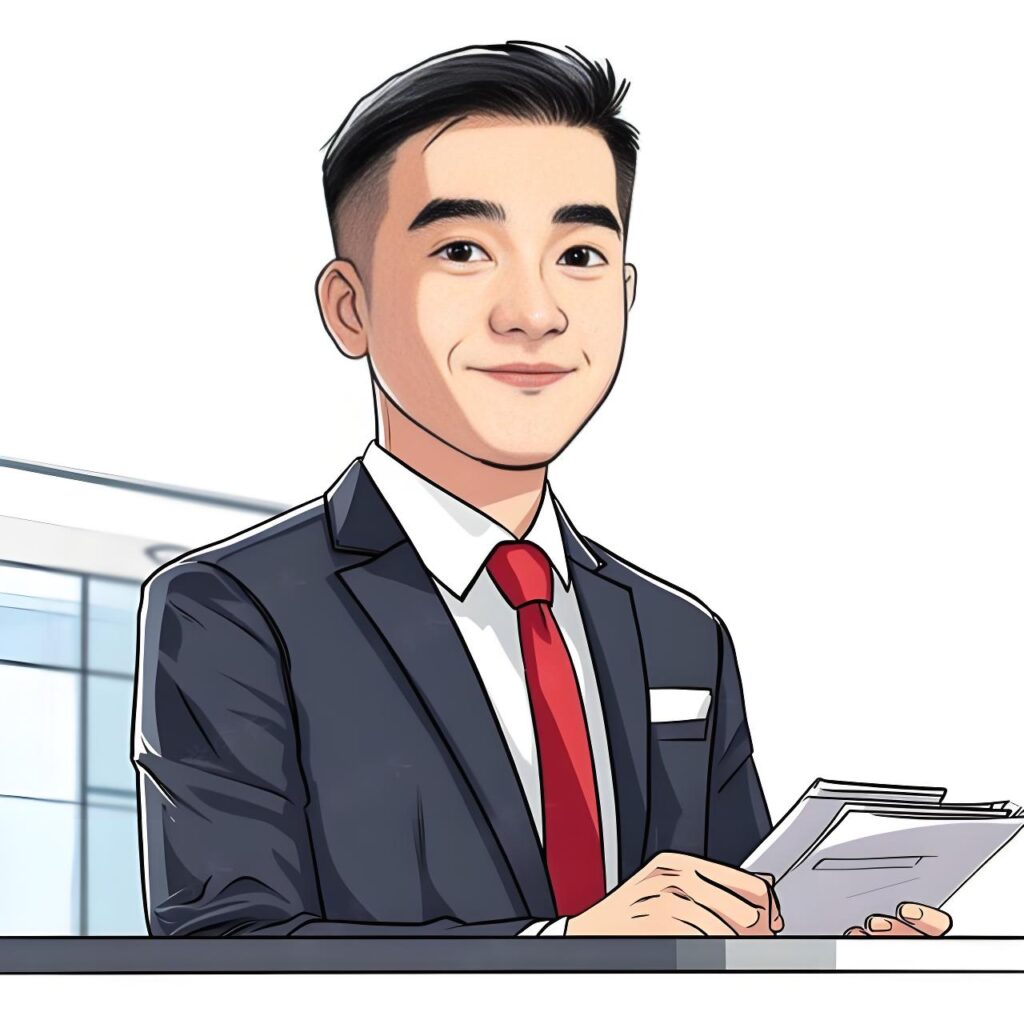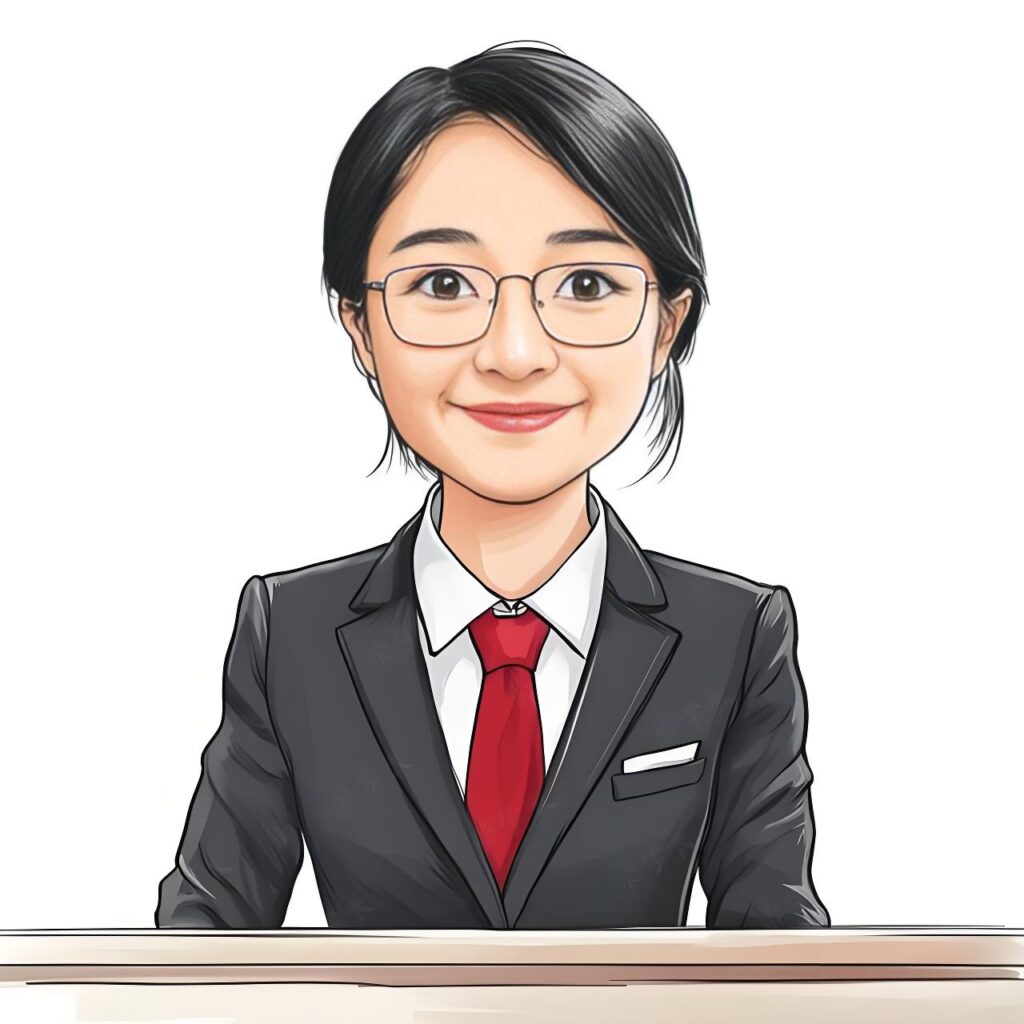Artificial turf was born in the United States in the 1960s, introduced to China in the late 1980s, and was not widely promoted until the mid-to-late 1990s. After a long period of development, artificial grass technology has become relatively mature, and many technical indicators are close to natural grass. Whether artificial turf is used as a landscape decoration or a sports field, anti-aging is one of its most basic requirements.

Commonly used artificial turf generally has a service life of 6-10 years. In the process of long-term use, artificial turf will inevitably appear aging. Although the aging of artificial turf is uncontrollable, we can still use some methods to judge whether artificial turf is aging in advance, and prolong its service life and duration as much as possible. Here, I will share with you the four major phenomena of artificial turf aging.
The degree of abrasion of the grass fiber
Artificial turf sites will cause wear and tear of artificial turf filaments during long-term use, and the filament fibers will more or less have some bifurcation and splitting phenomena, and even fall off in serious cases, especially when the frequency of use is high. The most obvious school playground, high-intensity competition and long-term use, greatly shorten the service life of artificial turf. Therefore, when purchasing artificial turf, we must choose products with good quality grass and excellent wear resistance, which can reduce the wear consumption of grass to a certain extent, avoid the loss of grass fibers and cause lawn replacement, and reduce economic losses.
The problem of fading and fading of grass silk
There are several reasons for the discoloration of artificial turf grass fibers:
1. The quality of grass silk fibers is unqualified, such as caused by anti-aging agents and poor production technology;
2. Environmental factors, such as strong ultraviolet radiation in some areas, acid rain corrosion, industrial pollution etc.;
3. The quality of the filling materials pollutes the lawn and causes the grass fiber to fade and fade.
Corrosion at the bottom of artificial turf
The bottom of the artificial turf is made of PP material. The football field located outside is relatively easy to crack after being exposed to wind, sun and rain. In addition, the overall drainage of the foundation of some sites is not smooth, and the bottom is soaked in water for a long time, which will cause the corrosion of the bottom of the artificial turf and accelerate the aging of the artificial turf.
Lawn seams become loose
As we all know, artificial turf is not a complete piece of lawn, but is made of artificial turf spliced, and then paved with special artificial turf glue. Therefore, when paving artificial turf, you must find a professional construction team, and use high-quality special artificial turf glue to bond, otherwise it will easily cause the white lines and joints to become loose or disconnected. If properly adhered, the joints should last as long as the artificial turf field.
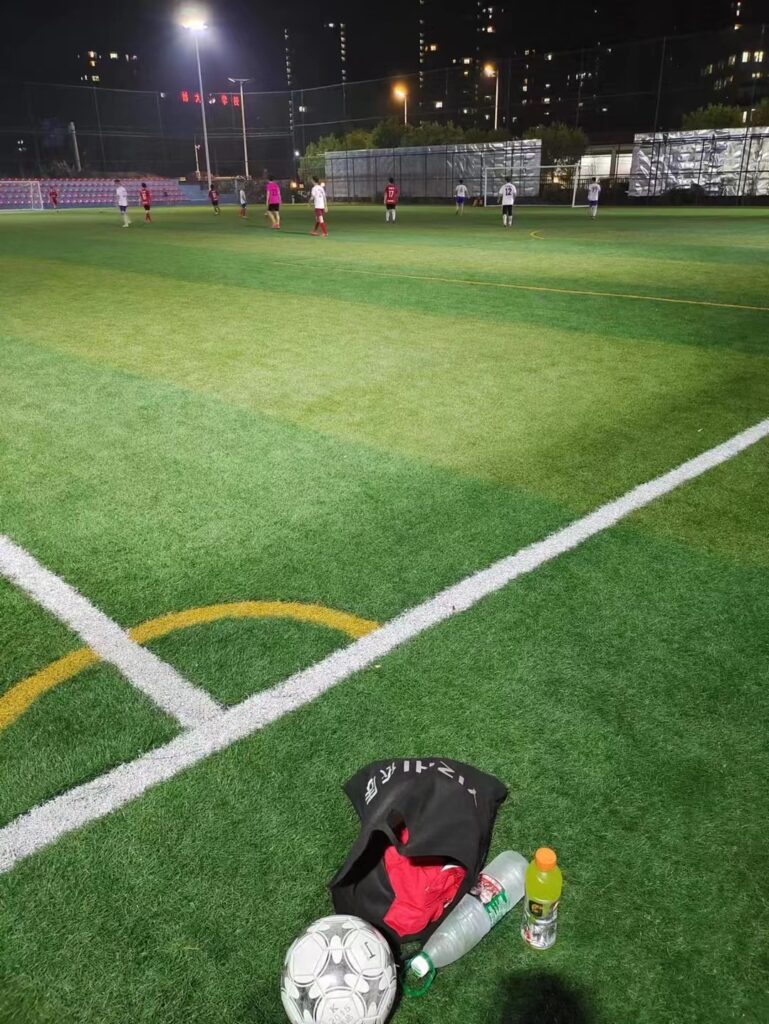
As a domestic artificial turf and turf enterprise integrating R&D, production and sales, Mango Sports warmly reminds our customers that the construction of artificial turf in football fields should pay attention to the four major phenomena of aging of artificial turf in football fields mentioned in today’s topic. It can effectively increase the service life of artificial turf in the stadium:
1. The ambient temperature of the artificial turf construction site should be selected above 5°C for construction, and it is not suitable for construction in rainy days or during the rainy season, otherwise the bonding time will be too long. , causing the viscosity to drop.
2. Before the joints of artificial turf are bonded, check that the back of artificial turf and the ground are clean, dry and free of moisture.
The four major phenomena of the aging of artificial turf in football fields shared above are a warm reminder that it is very important to maintain the daily maintenance of football field turf.
